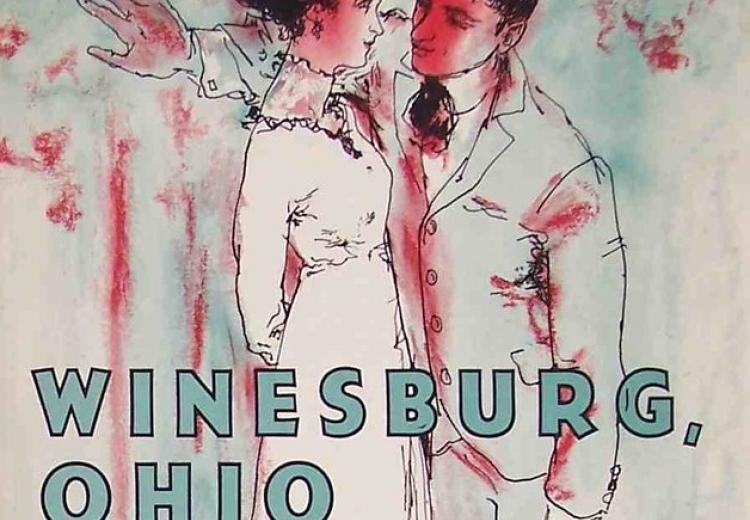Sherwood Anderson’s Winesburg, Ohio: A Group of Tales of Ohio Small-Town Life

Photo of cover for Sherwood Anderson's Winesburg, Ohio.
"The book is, of course, in no sense a burlesque, but it is an effort to treat the lives of simple ordinary people in an American Middle Western town with sympathy and understanding…. Certainly, I did not write to make fun of these people or to make them ridiculous or ugly, but instead to show by their example what happens to simple, ordinary people—particularly the unsuccessful ones—what life does to us here in America in our times—and on the whole how decent and real we nevertheless are."
—Sherwood Anderson, Author of Winesburg, Ohio
Winesburg, Ohio presents a galaxy of strange and distorted characters in a small town in Sandusky County, not far from Cleveland, well over one hundred years ago. Even a casual glance through a few of the stories leads inevitably to the question: Why are these people all so weird—so grotesque? By contrast, the central character of this short story cycle, George Willard, seems a perfectly normal young man on the brink of maturity and poised to make the life-changing decision to leave Winesburg behind.
Guiding Questions
How does Anderson’s use of the grotesque affect the reader’s understanding of character development and other literary elements in the short story cycle Winesburg, Ohio?
How does the central character, George, deepen our understanding of Anderson’s use of the grotesque in Winesburg, Ohio?
